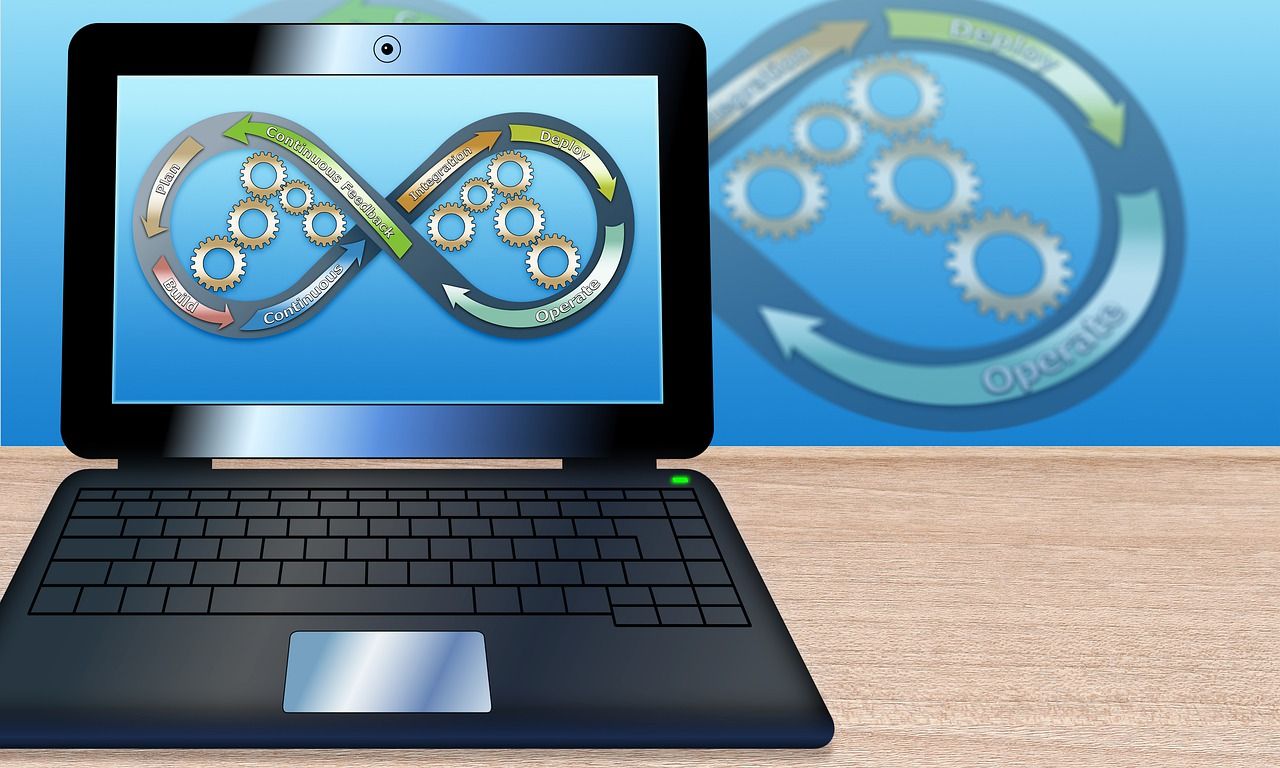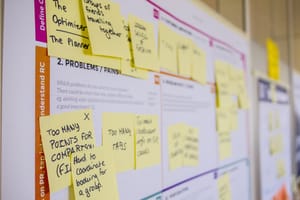Choosing the right methodology when preparing to launch the new project is crucial to its success. How to decide between waterfall and agile? What are the benefits of each methodology?
Choosing the right methodology when preparing to launch the new project is crucial to its success. How to decide between waterfall and agile? What are the benefits of each methodology?
Project management can be approached through various methods. Each of them has its declared followers. However, it is worth not only to follow the preferences but also the project goals. Some methodologies do not fit certain kinds of projects. Today, we would like to discuss the difference between the two most used project frameworks that differ fundamentally: waterfall and agile. Each has its advantages and disadvantages and goes in line with different kinds of projects.
Our comparison may help you understand while many companies decide to undergo an agile transformation and why some stick to the waterfall methodology that may be considered not that effective by some.
Waterfall methodology - what are its fundaments?
When comparing waterfall vs agile, the first one is considered more old-fashioned. However, it does not mean that using it will not do its work. What is waterfall methodology based on?
The clou of waterfall methodology is linearity. When the project is carried out in this manner, every stage needs a closeup in order to move to the next one. The "waterfall" metaphor refers to this progressive order.
Advantages:
The benefits of waterfall methodology include increased control over the project, particularly from the customer side, easier planning, and a better understanding of the project's course among the members of the team.
Application:
Waterfall methodology is not the best choice in the case of a complex project that requires intense work for at least a few months. It can also be a no-go if the high levels of creativity and innovation are necessary, as it can block the creative flow due to its organized structure. It will be the best choice in the case of short-term projects for clients that want to be strongly involved in the planning and review phases.

Agile methodology - what is it based on?
The agile framework is trendy among the innovation pioneers, as it improves the workflow, enables creativity, and allows the team members to use the most of their competencies. It is neither hierarchical nor linear, introducing a cross-functional approach in the team. The method of sprints (time-boxed phases) allows the client to have a direct influence on every phase of the project and take an active part in shaping it.
Advantages:
Agile enables creativity, speeds up the processes, allows to detect errors at the early stage, and engages the client on a more extended level, which usually results in a better final product.
Application:
Agile methodologies will only work with motivated and self-disciplined teams that don't need a rigid task system. Also, they may be more effective in on-site work rather than remote cooperation. In the case of a long-term project with a demanding client, Agile will do its job if applied thoughtfully.
